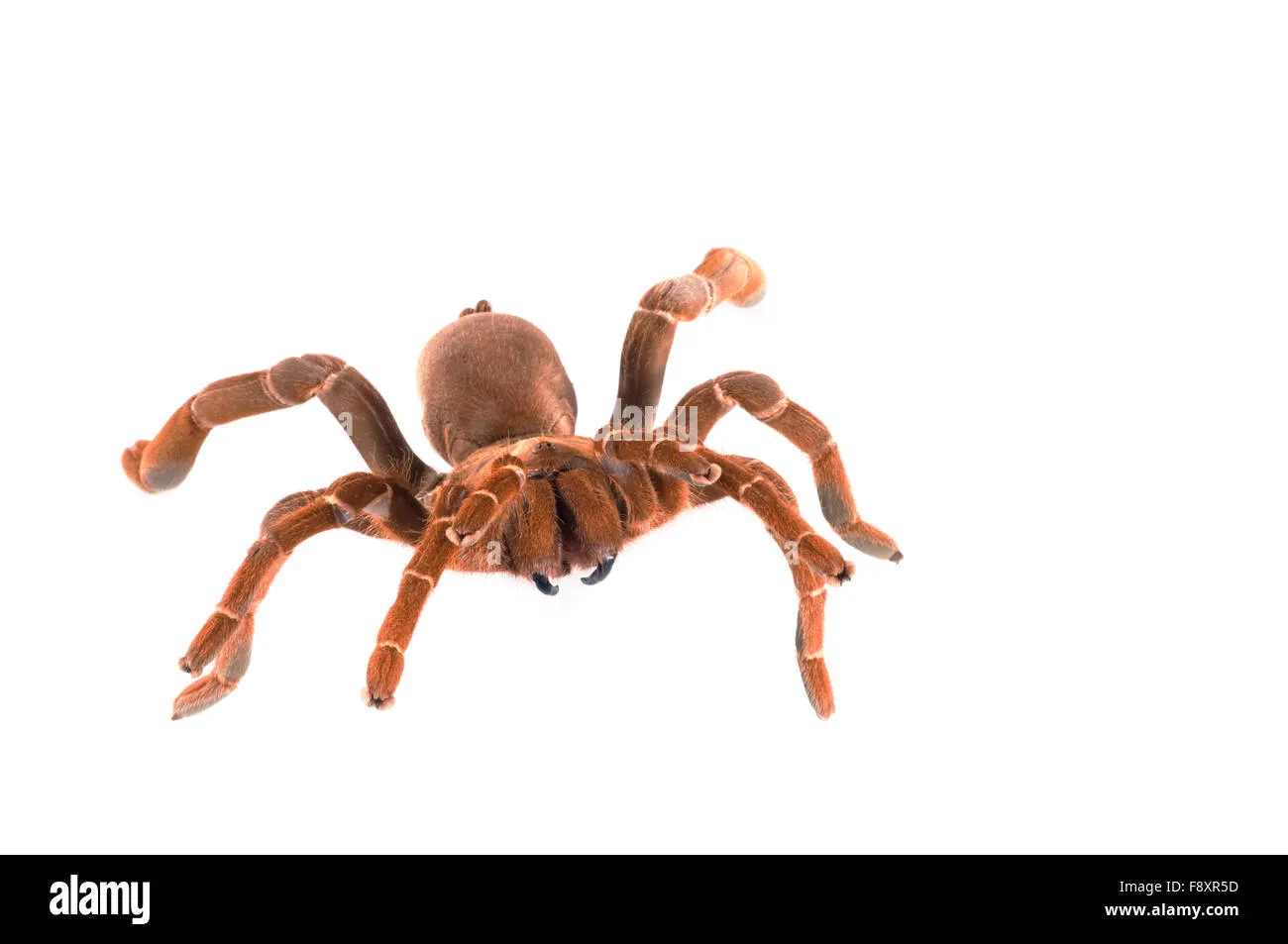Understanding King Baboon Tarantula Feeding Habits
Feeding your King Baboon Tarantula is a crucial aspect of its care, directly influencing its health, growth, and overall well-being. These fascinating creatures, native to Africa, have specific dietary needs that must be met to ensure they thrive in captivity. Understanding their natural feeding habits, preferred prey, and feeding frequency will help you provide the best possible care for your pet. This guide will delve into the specifics of feeding your King Baboon Tarantula, providing you with the knowledge necessary to keep your tarantula healthy and happy. It is also essential to consider the tarantula’s temperament and environment while feeding. This includes providing a suitable enclosure with the correct temperature and humidity levels.
Natural Diet
In their natural habitat, King Baboon Tarantulas are opportunistic predators. Their diet primarily consists of insects, but they may also consume small vertebrates like lizards or even small rodents if the opportunity arises. Understanding their natural diet is essential when replicating their feeding habits in captivity. This means providing a varied diet that mimics what they would eat in the wild. A diet that is too limited can lead to nutritional deficiencies, while an overly varied diet can also be detrimental. It’s important to strike a balance and research the specific nutritional needs of your tarantula, taking into account its size, age, and overall health condition.
Prey Selection
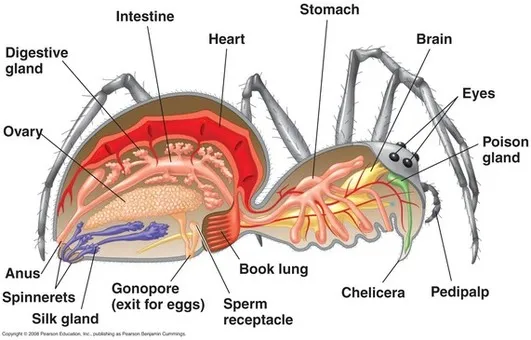
Choosing the right prey is critical. The size and type of insects you offer should be appropriate for the size of your tarantula. Crickets, mealworms, roaches, and other commercially available insects are common choices. It’s important to ensure that the prey is gut-loaded before feeding it to your tarantula. Gut-loading involves feeding the insects nutritious food, which in turn, enhances the nutritional value of the insects for your tarantula. The type of prey you choose should also be based on availability and your tarantula’s preference. Different tarantulas have different preferences, so you might need to experiment to find what your pet enjoys most. It’s also worth considering the potential risks of each type of prey and choosing the ones that pose the least risk of injury or disease to your tarantula.
Live Insects vs Pre-killed
There’s a debate on whether to feed live or pre-killed insects. Live prey stimulates the tarantula’s natural hunting instincts, but there is a risk of the prey injuring the tarantula, especially during molting. Pre-killed prey eliminates this risk but may not always be accepted by the tarantula. Whether you choose live or pre-killed, ensure the prey is free from pesticides or parasites. Carefully observe your tarantula’s behavior during feeding and adjust your approach accordingly. Some tarantulas are aggressive hunters and readily accept live prey, while others may be more hesitant and prefer pre-killed insects. The decision often comes down to your tarantula’s personality and your comfort level with each feeding method.
Size Matters
The size of the prey should be appropriate for your tarantula’s size. A general rule is to offer insects that are no larger than the tarantula’s body size. Overfeeding can lead to health problems, such as obesity and difficulty molting. Underfeeding, on the other hand, can lead to stunted growth and poor health. When in doubt, err on the side of offering smaller prey items, and monitor your tarantula’s body condition to adjust the size of the prey accordingly. Regularly observe the tarantula’s abdomen, which should be a rounded shape when the tarantula is well-fed. If the abdomen appears shrunken or small, it might indicate that your tarantula needs more food.
Feeding Frequency
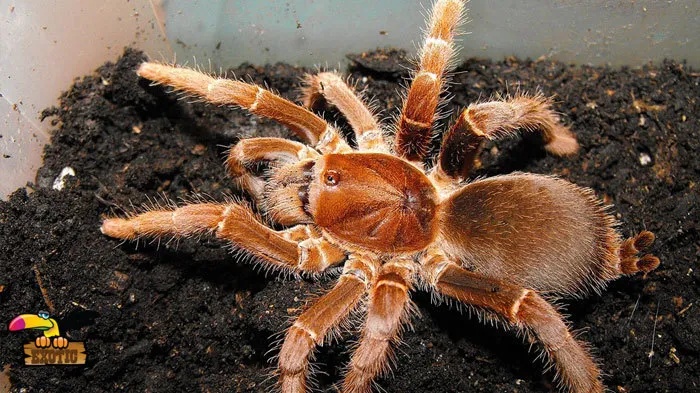
The frequency of feeding depends on the tarantula’s age and growth rate. Spiderlings should be fed more frequently, usually every other day. Juvenile tarantulas can be fed once or twice a week. Adult tarantulas can be fed once a week or even less often, especially if they are well-fed. It’s essential to monitor your tarantula’s appetite and adjust the feeding schedule accordingly. Some tarantulas may refuse food before molting, which is normal. Don’t force-feed your tarantula. Allowing your tarantula to dictate the feeding schedule can help ensure it remains healthy. The timing of feeding can also play a role. Some keepers prefer feeding at night when the tarantula is most active.
5 Top Tips for Feeding King Baboon Tarantulas
Tip 1 Provide a Variety of Prey
Offer a diverse selection of insects to ensure a balanced diet and provide enrichment for your tarantula. Varying the prey helps prevent nutritional deficiencies and keeps your tarantula engaged. Mixing it up can also help prevent picky eating habits. Different types of insects have different nutritional profiles, so a variety of prey helps cover all the bases. The key is to provide different insects at different times. Consider rotating between crickets, mealworms, roaches, and other suitable insects. Always research the nutritional content of the prey to ensure you’re providing the best possible diet.
Tip 2 Adjust Feeding Based on Tarantula’s Size
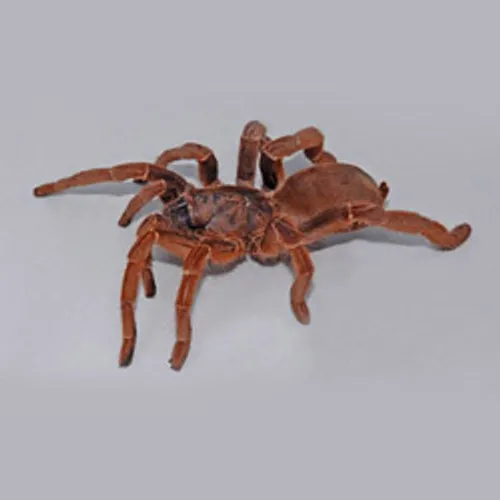
As your King Baboon Tarantula grows, its dietary needs will change. Spiderlings require more frequent feeding and smaller prey items, while adults need less frequent meals and larger prey. Monitor your tarantula’s growth and adjust the size and frequency of feeding accordingly. Regularly measure the tarantula’s size and compare it to growth charts. This helps you track its development and ensures you’re providing the right amount of food. Also, observe your tarantula’s abdomen, which should be rounded but not overly distended. Be mindful of the molting process, as tarantulas typically eat less or stop eating altogether before molting.
Tip 3 Offer Fresh Water Always
Always provide a shallow dish of fresh, clean water. Tarantulas need water to stay hydrated, and it also helps with molting. Ensure the water dish is shallow enough to prevent the tarantula from drowning. Change the water regularly to prevent the growth of bacteria and mold. The water should be readily accessible in the enclosure. Consider using a water dish that is easy to clean and refill. Monitor the water level and replenish it as needed. The humidity level in the enclosure should also be maintained, which can be aided by the presence of fresh water.
Tip 4 Remove Uneaten Prey
Remove any uneaten prey within 24 hours to prevent stress to the tarantula and to maintain a clean enclosure. Uneaten insects can harass the tarantula and potentially injure it. Decaying insects can also promote the growth of bacteria and mites. Regularly inspect the enclosure for any uneaten insects. If you’re using live prey, make sure they have no place to hide. Use tweezers to remove any leftover prey. By keeping the enclosure clean, you’ll minimize the risk of health problems and ensure a comfortable environment for your King Baboon Tarantula.
Tip 5 Observe and Adapt
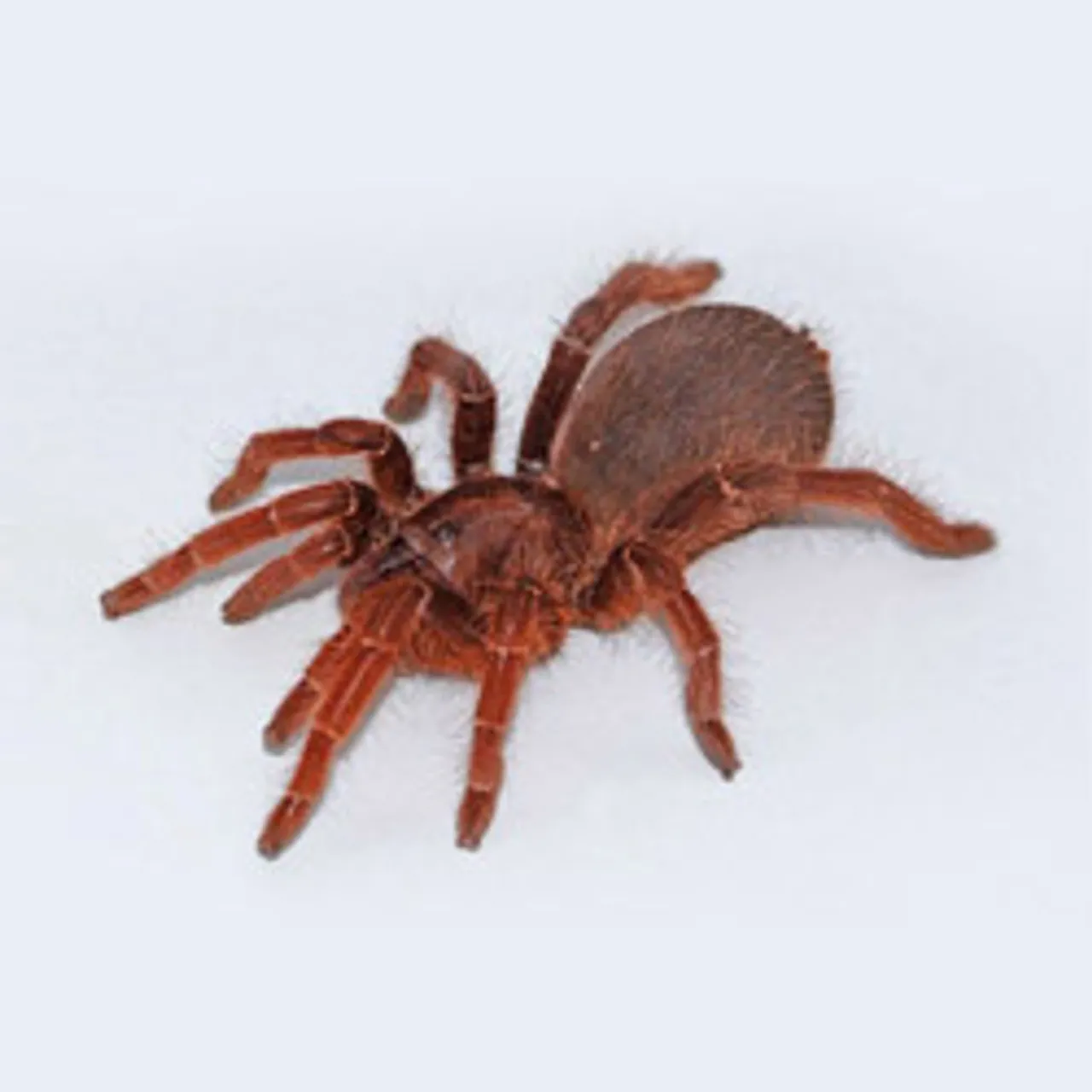
Pay close attention to your tarantula’s behavior and adjust your feeding strategy as needed. Every tarantula is different. Observe your tarantula’s feeding habits, appetite, and overall health. If your tarantula is not eating, try adjusting the prey type, size, or frequency of feeding. Consider factors like temperature, humidity, and stress levels, which can all affect appetite. Keep a record of your tarantula’s feeding habits to track its progress and identify any potential problems. Adapt your approach based on your observations to ensure your King Baboon Tarantula receives the best possible care.
Common Feeding Challenges
Refusal to Eat
A King Baboon Tarantula may refuse to eat for several reasons, including stress, impending molting, or environmental issues. Ensure the enclosure is set up correctly and the tarantula feels secure. Check the temperature and humidity levels. Tarantulas often stop eating before molting. During this time, avoid offering food, as the tarantula is more vulnerable. If a tarantula consistently refuses food, consult with a veterinarian or experienced tarantula keeper to rule out any underlying health problems. Monitor the tarantula’s behavior, and look for any other signs of illness.
Molting
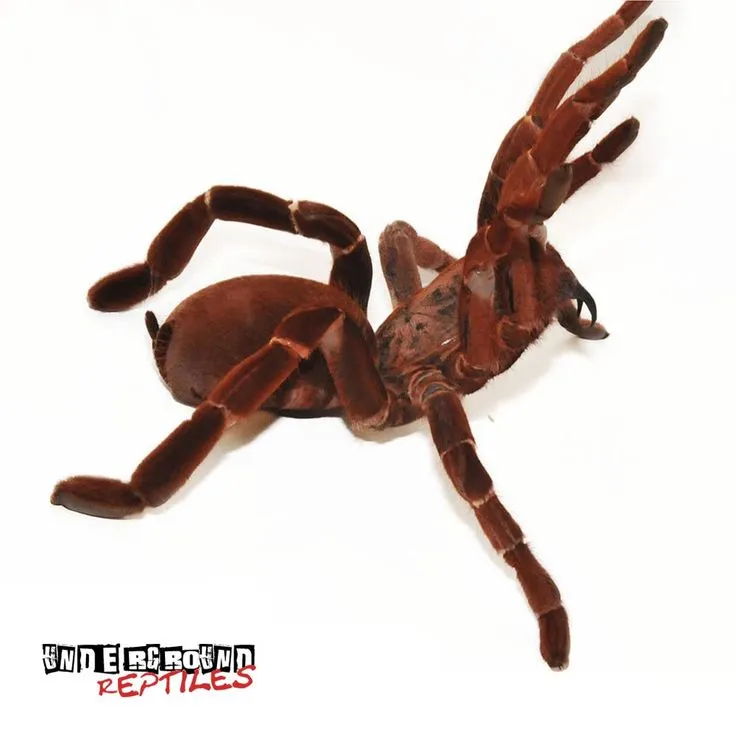
Molting is a natural process where tarantulas shed their exoskeleton to grow. During this time, they will likely stop eating. Do not offer food to a tarantula that is molting or about to molt. Ensure the enclosure is set up to provide a secure environment for the molting process. The tarantula will usually flip onto its back during molting. Provide adequate humidity to facilitate the molting process. After molting, the tarantula’s new exoskeleton will be soft, so it needs time to harden before feeding. Offer food a few days after molting is complete. Avoid disturbing your tarantula during molting.
Conclusion
Feeding a King Baboon Tarantula is a rewarding experience, but it requires knowledge and attention to detail. By understanding their feeding habits, selecting the right prey, and providing the right environment, you can ensure that your pet thrives. Regular observation, proactive adjustments, and a commitment to their well-being are all part of the responsible care of these amazing creatures. Remember that consistency and understanding are key to providing your King Baboon Tarantula with a long and healthy life. Always prioritize your tarantula’s health and well-being and seek expert advice if you have any concerns.
